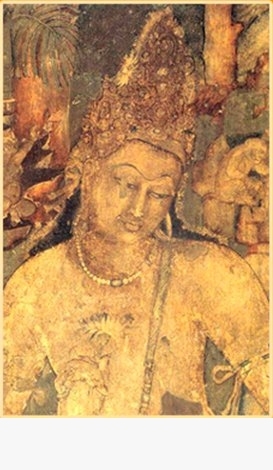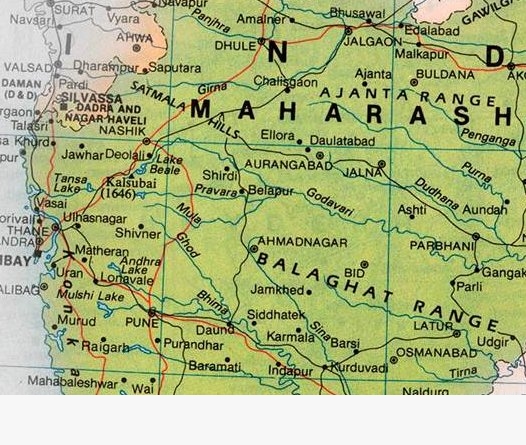PAINTINGS
AJANTA
CAVE PAINTINGS
the many-splendoured delights of Ajanta compiled by Subramanian Swaminathan
e-mail: sswami99@gmail.com
September 2007
Location of Ajanta

Bodhisattva Padmapani, Ajanta Cave 1
Bodhisattva Padmapani, Cave 1
The caves of Ajanta are situated in
the district of Aurangabad in the state of Maharashtra. Ajanta is about
100 km by road from Aurangabad and
about 60 km from Jalgaon.

An extended stay at Aurangabad would
be rewarding, as the equally important caves are only about 30 km away.
The possible explanation for the
monastic establishment at Ajanta is its proximity to the ancient trade
routes.
The end of the Ajanta
epoch
The creative period of Ajanta ended
as mysteriously as it had begun. Some of the unfinished caves, which
were quite obviously abandoned unexpectedly, show that the emigration took
place over a comparatively short span of time.
|
Ananda
Coomaraswamy says ...
The frescoes of Ajanta preserve
an infinitely precious record of the golden age of Indian painting.
This is the picture of a halcyon
age, where renunciation and enjoyment are perfectly attuned, an art at
once of utmost intimacy and reserve.
Every gesture springs in godlike
fashion directly from the natural dispositions of the mind........ |
|